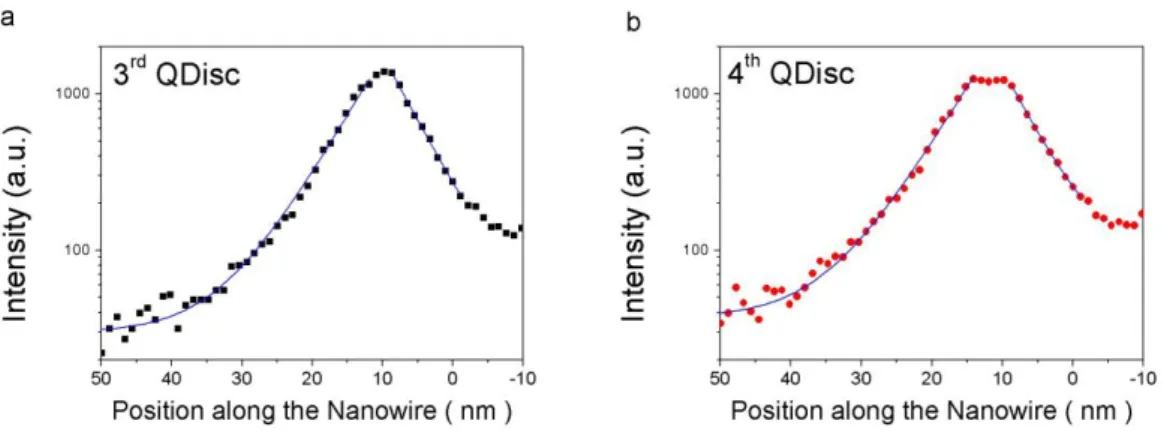Visualising highly localised luminescence in GaN/AlN heterostructures in nanowires
Texte intégral
Figure




Documents relatifs
Figure (I.1): Sites acides de type Brønsted et Lewis. 2) : Schéma de la séquence de Polarisation Croisée (CP). 3): Cycle auto-cohérent électronique pour la résolution des équations
[r]
[r]
[r]
The GaN/AlN heterostructured nanowires were chosen since they represent a model system with a strong internal field and band gap engineering (similarly to InGaN
[r]
In particular, a rather noticeable behavior arises as a consequence of this level interaction: The two highest energy size dispersion curves cross at around 5 nm, so that the
We illustrate in this section the valuation of the European call option on the maximum of the instantaneous rate in the one factor affine mode bu using its explicite formula of
